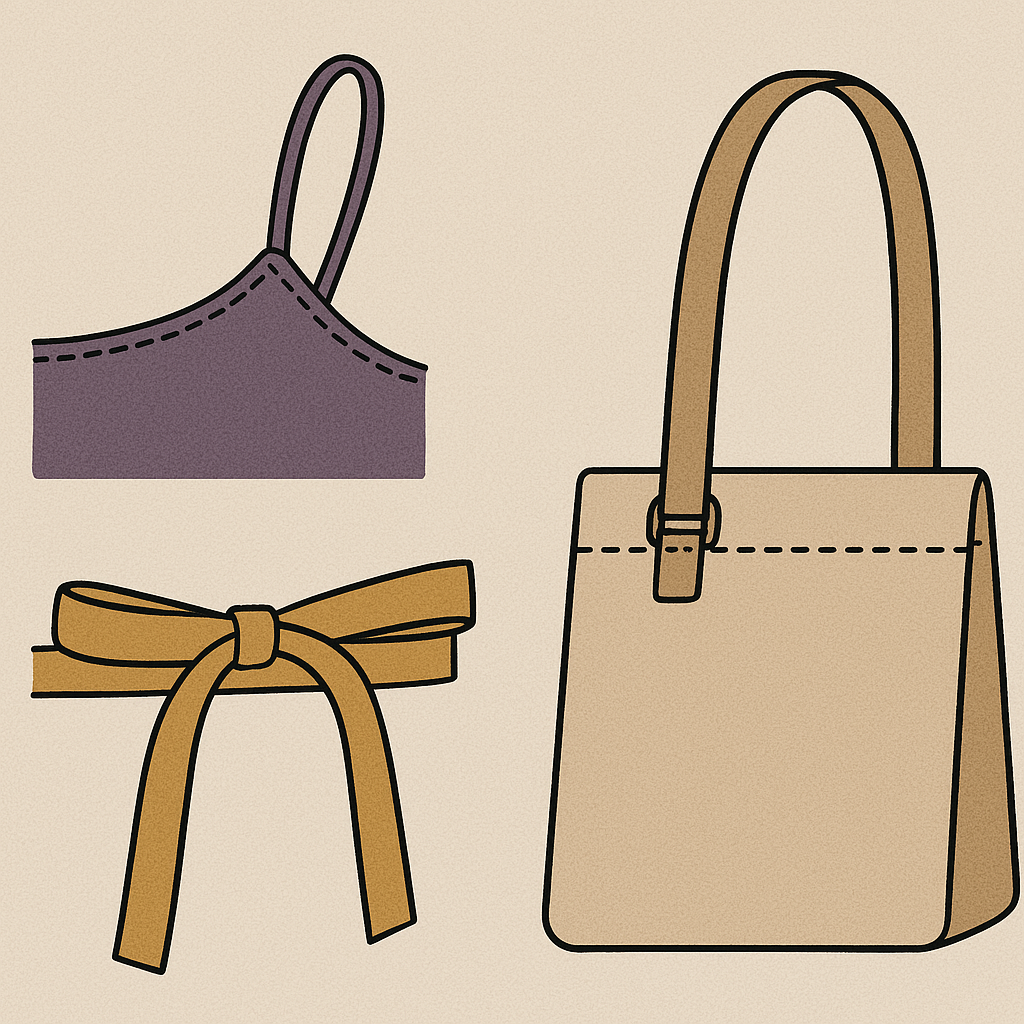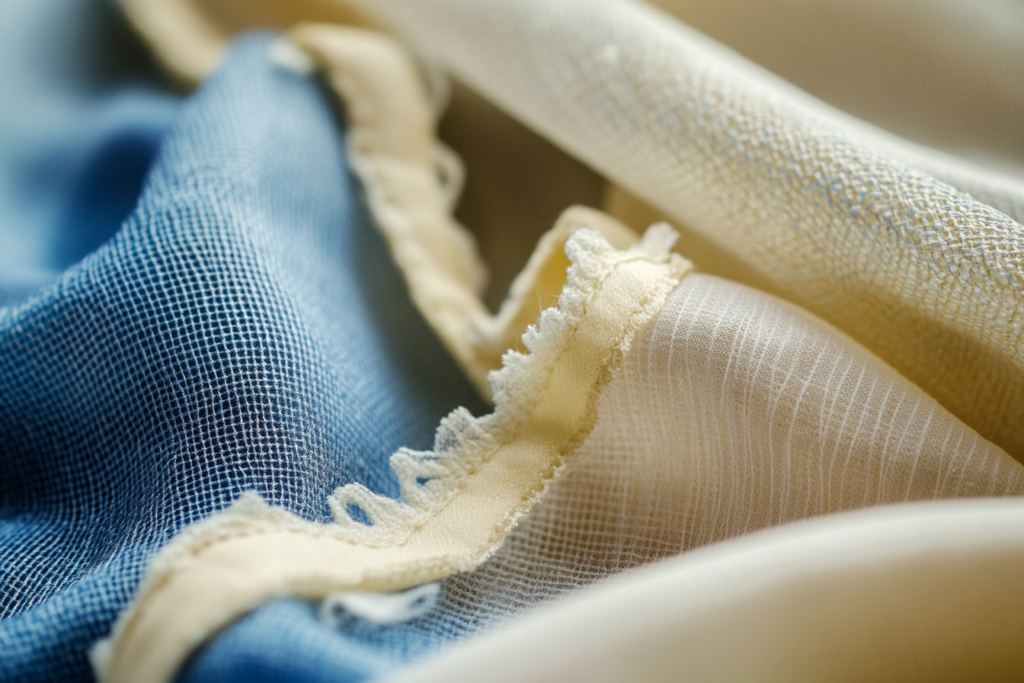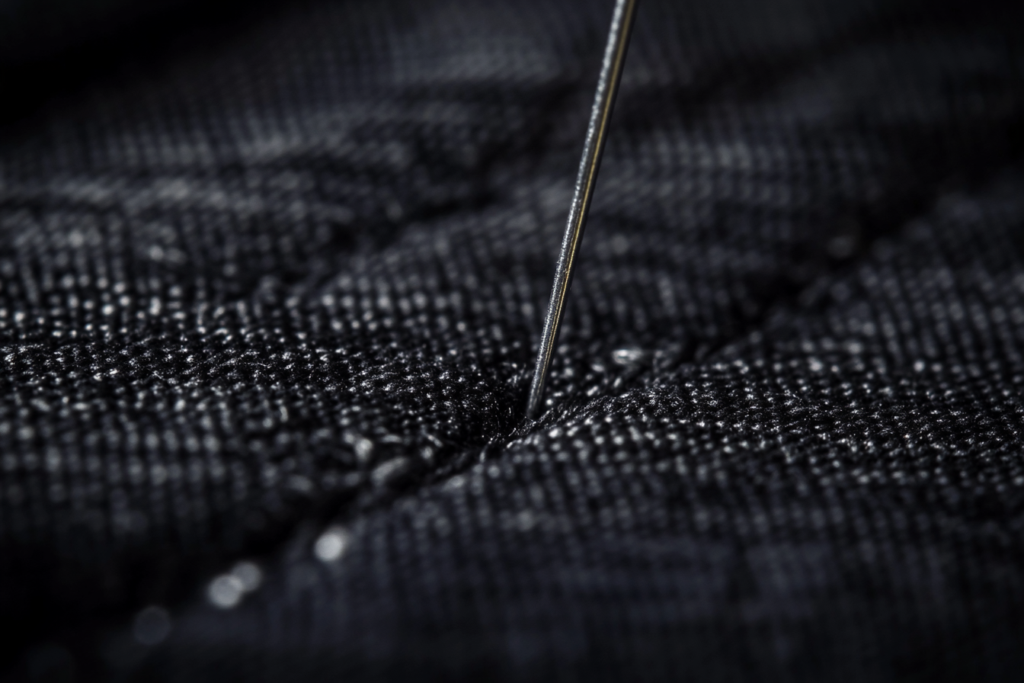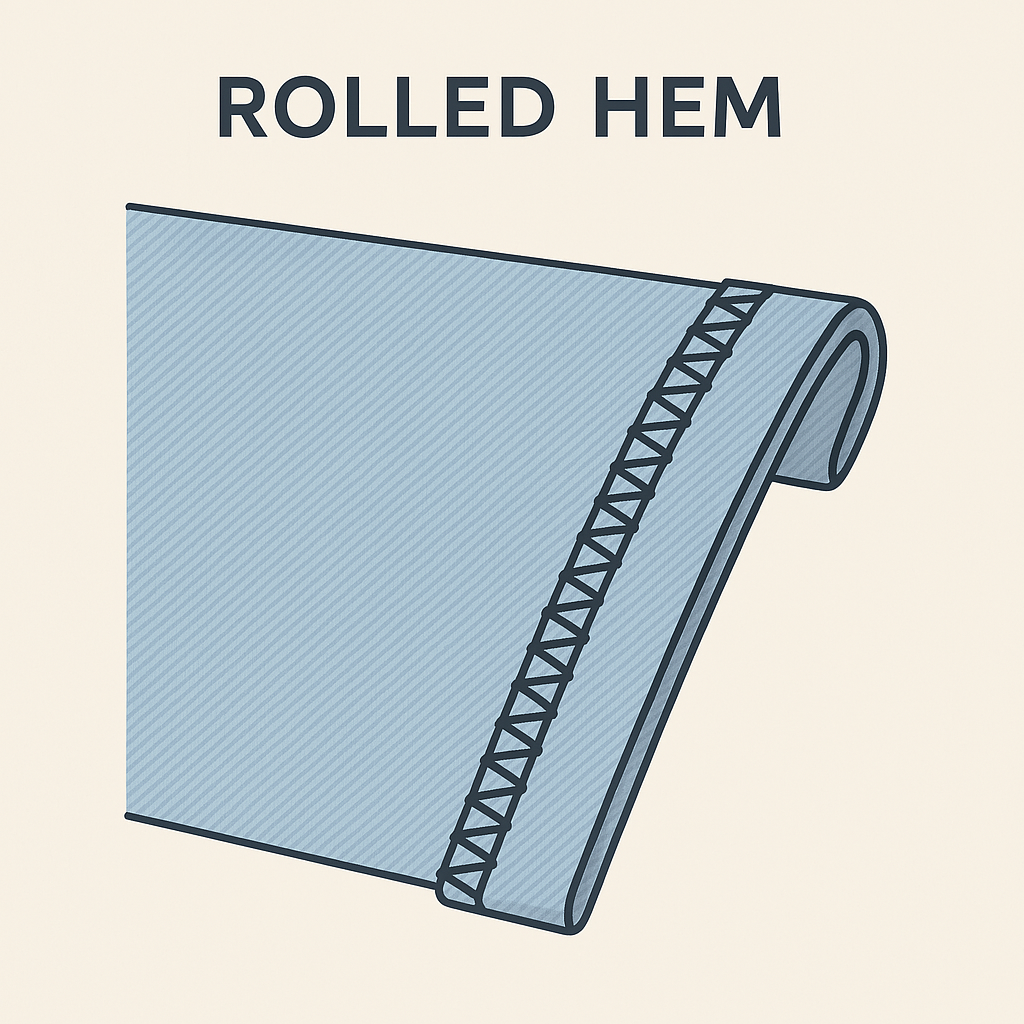Straps in Garment Design: Types, Techniques & Applications
🧵 What Are Straps in Fashion?
Straps are narrow bands or tubes of fabric used in garment construction, decoration, and accessory design. Whether acting as a supportive shoulder strap, a waist belt, or even a bag handle, straps are versatile components that enhance both the fit and appearance of a product.
Straps can be flat, round, reinforced, or decorative—depending on the fabric used, construction technique, and placement. Some are cut on the bias for stretch, while others are reinforced for structure.
🔹 Spaghetti Straps: The Elegant Essential
One of the most common types of narrow straps is the spaghetti strap, named for its resemblance to a thin strand of pasta.
📌 Features:
- Made by folding seam allowances inward to create a tube-like strap (Figure 10.10c)
- Typically used for camisoles, evening dresses, and inner belts
- Can also be used as waist decorations or trim accents (Figure 10.10d)
- Seam is hidden inside for a clean, minimalist finish
🧷 Tip: For turning thin spaghetti straps inside out, use a loop turner or bobby pin.
🔸 Decorative Belts & Fabric Straps
Figure 10.11c shows a jacket with a self-fabric belt—a strap made from the same fabric as the garment, offering a cohesive look.
💡 Options for Enhanced Style:
- Add interlining for firmness and structure
- Use contrasting fabric or trims for added design
- Incorporate topstitching or hardware (buckles, loops) for detail
This cost-effective design technique elevates the visual value of garments without increasing production cost.
👜 Strap Use in Accessories
Straps are also widely used in bag making, especially for handles and shoulder straps.
📦 Strap Production for Accessories:
- Fabric strips are pulled into lines using folding and sewing machines
- Integrated folding and seam tucking create a durable, finished look
- Can be made with or without trims, in various cross-sectional shapes
🪡 These machine-made straps are ideal for leather goods, fabric handbags, and backpack handles.
👗 Strap Application Table
| Item Type | Strap Style | Fabric Used | Construction Technique | Decorative Use |
|---|---|---|---|---|
| Evening Dress | Spaghetti Strap | Satin / Silk | Tube strap with hidden seam | ✅ |
| Waist Decoration | Inner Belt Strap | Bias-cut Self-Fabric | Narrow strap, turned & topstitched | ✅ |
| Jacket (Figure 10.11c) | Fabric Belt | Same Fabric or Interlined | Flat strap with topstitching | ✅ |
| Handbag | Handle Strap | Cotton / Canvas | Machine-folded + seam-locked | Optional |
| Aprons | Tie Strap | Cotton / Poly Blend | Flat strap, hemmed edges | ✅ |
🌟 Benefits of Fabric Straps
✔️ Lightweight and versatile
✔️ Seam allowance hidden for clean finish
✔️ Adjustable or decorative
✔️ Can be automated in large-scale production
✔️ Supports sustainability when made from self-fabric scraps
📌 Summary
Straps—whether used as shoulder supports, waist ties, or bag handles—are essential construction elements in both fashion and accessories. From the elegant simplicity of a spaghetti strap to the practicality of a reinforced belt, mastering strap techniques allows designers to balance style and structure affordably. With tools like strap turning devices and automated folding machines, even the narrowest of straps can be perfectly shaped and seamlessly sewn.




